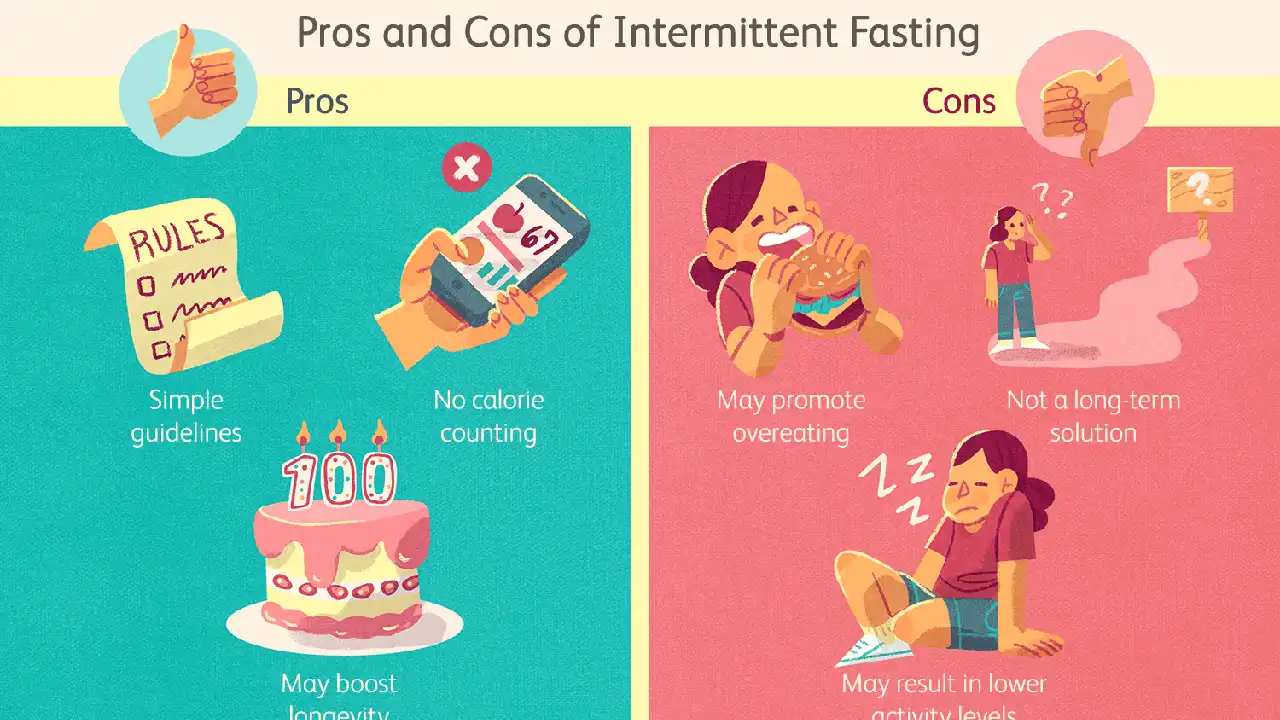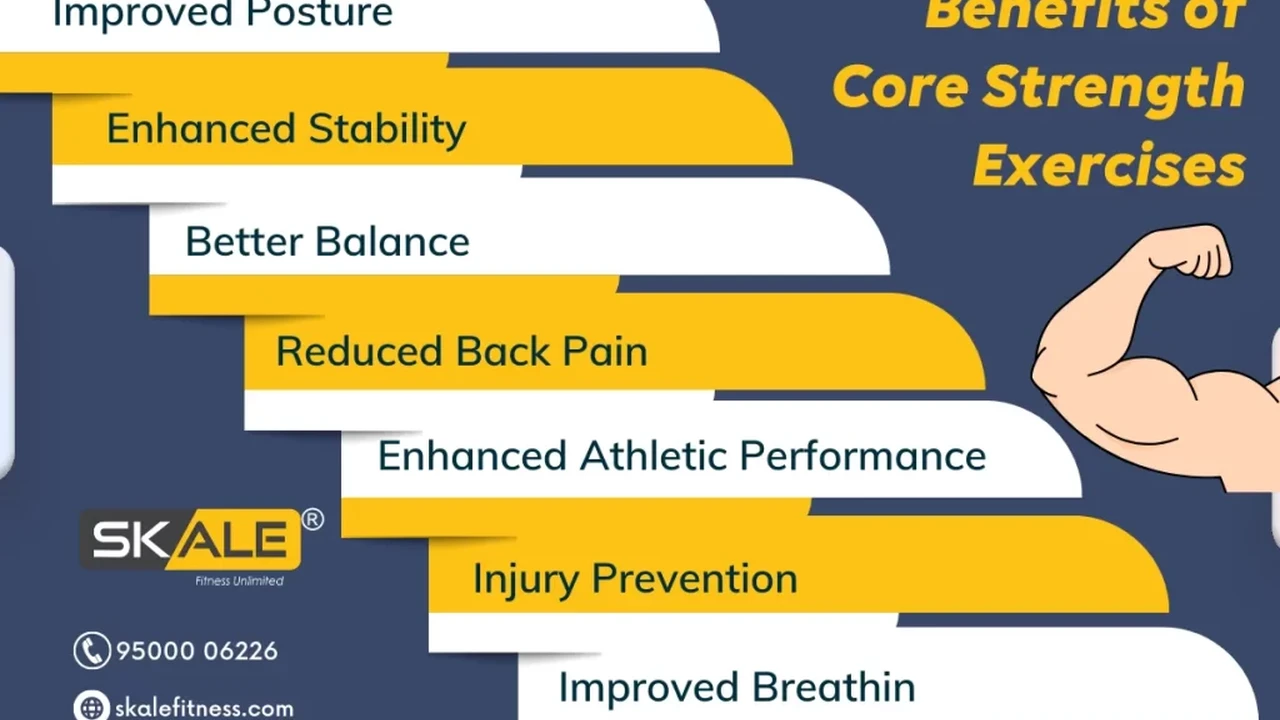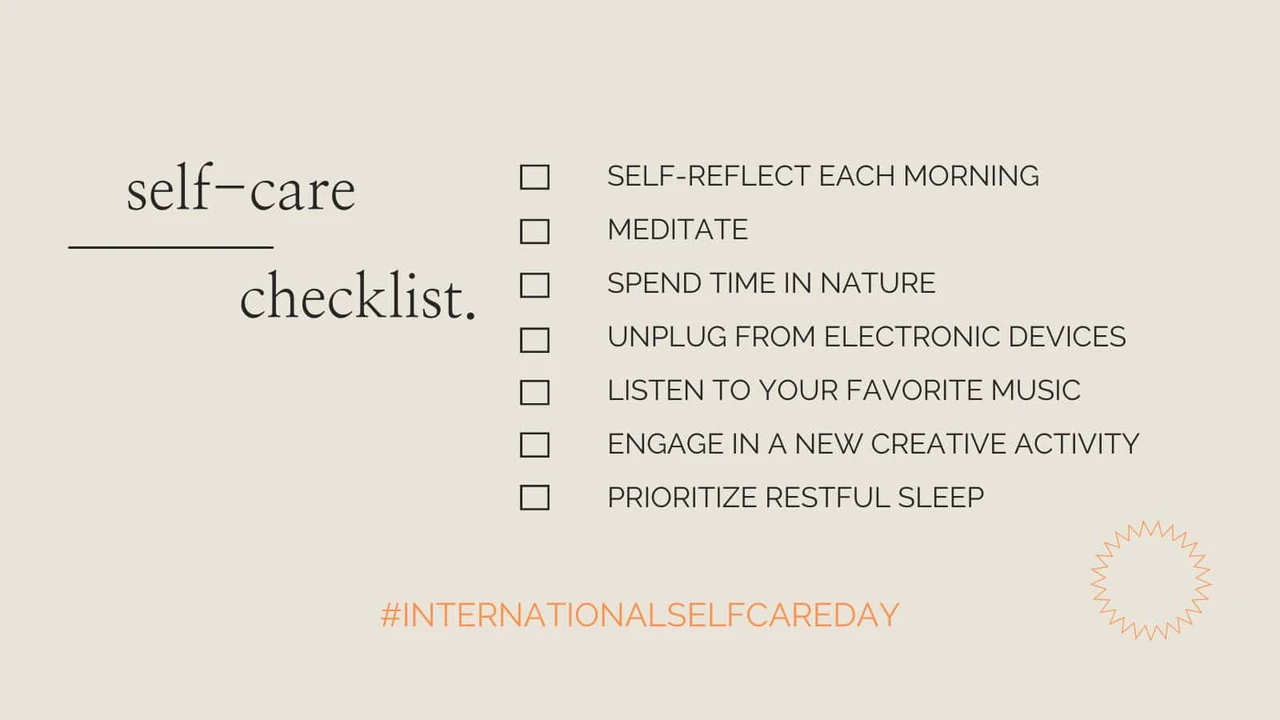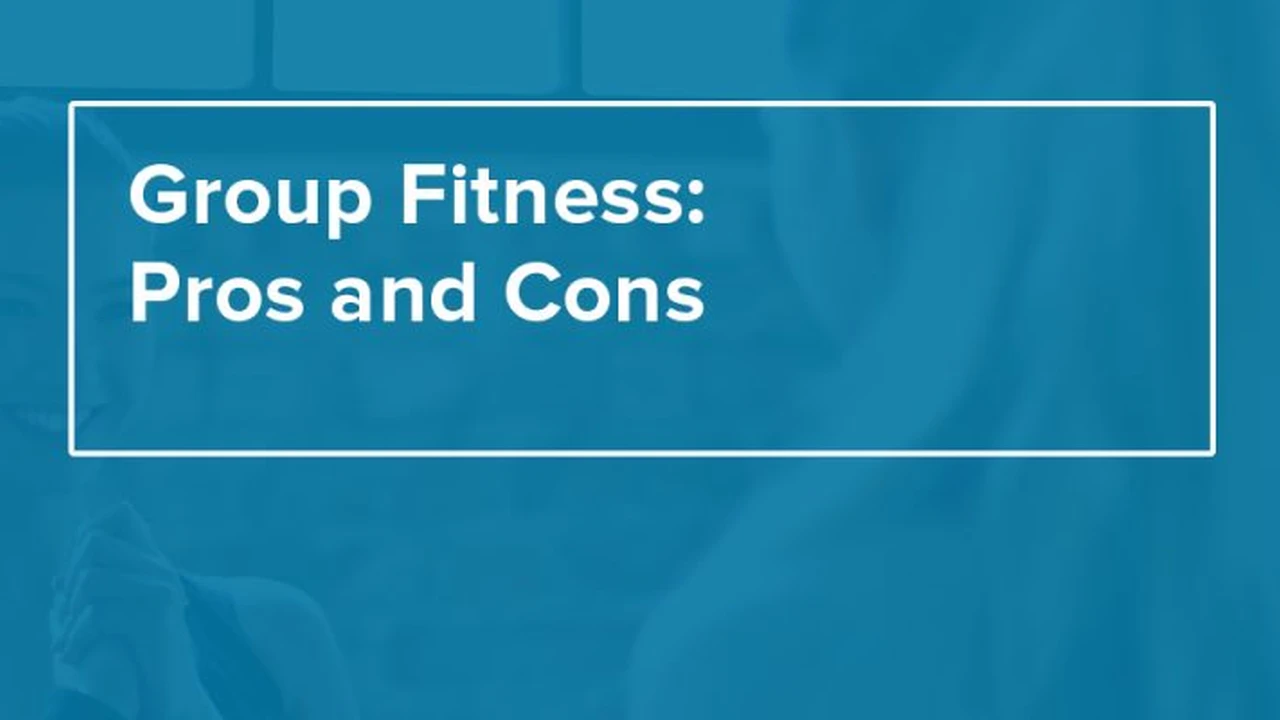The Pros and Cons of Intermittent Fasting
Sample meta description.

Intermittent Fasting 101 What is it and How Does it Work Key Considerations
Okay, let's dive into intermittent fasting (IF). It’s not a diet, it’s more of an eating pattern. Think of it as *when* you eat, rather than *what* you eat. The basic idea is cycling between periods of eating and voluntary fasting on a regular schedule. There are several ways to do it, but the common thread is restricting your eating window.
How does it work? Well, when you're fasting, your body goes through a few interesting changes. Your insulin levels drop, which helps your body access stored fat for energy. Your cells also start repairing themselves through a process called autophagy. Think of it like a spring cleaning for your cells, getting rid of old, damaged parts. Plus, IF can boost your human growth hormone (HGH) levels, which is important for muscle growth and repair. It's like giving your body a little reset button.
Now, before you jump in, there are a few things to consider. First, it's not for everyone. If you have a history of eating disorders, are pregnant or breastfeeding, or have certain medical conditions like diabetes, you should definitely talk to your doctor first. Also, it takes some getting used to. You might feel hungry, irritable, or tired at first. But most people find that these symptoms subside as their body adapts.
The Potential Benefits of Intermittent Fasting Exploring the Health Benefits and Weight Loss Strategies
So, why are people so interested in IF? Well, there are a bunch of potential benefits. For starters, it can be a really effective way to lose weight. By restricting your eating window, you naturally tend to eat fewer calories. Plus, as we mentioned earlier, IF helps your body burn fat for fuel. It's like switching from a gas-guzzling car to a hybrid.
But the benefits go beyond weight loss. Studies have shown that IF can improve insulin sensitivity, which is important for preventing type 2 diabetes. It can also reduce inflammation in the body, which is linked to a variety of chronic diseases. Some research even suggests that IF may protect against age-related brain disorders like Alzheimer's disease. It's like giving your brain a little shield.
It's important to note that research is still ongoing, and not all of these benefits are fully proven. But the early results are promising. And for many people, IF is a sustainable and effective way to improve their overall health.
Different Types of Intermittent Fasting Schedules Choosing the Right Method for Your Lifestyle and Preferences
Okay, so you're intrigued. Now, let's talk about the different ways to do IF. There's no one-size-fits-all approach, so it's important to find a method that works for you and your lifestyle.
- The 16/8 Method: This is probably the most popular approach. It involves fasting for 16 hours each day and restricting your eating window to 8 hours. For example, you might eat between noon and 8 pm, and then fast for the remaining 16 hours. This is generally considered the easiest method to stick to long-term.
- The 5:2 Diet: With this method, you eat normally for five days of the week and restrict your calorie intake to around 500-600 calories on the other two non-consecutive days. This approach allows for more flexibility but can be challenging on fasting days.
- Eat-Stop-Eat: This involves fasting for 24 hours once or twice per week. For example, you might eat dinner on Monday and then not eat again until dinner on Tuesday. This is a more extreme approach and requires more willpower.
- Alternate-Day Fasting: This involves fasting every other day. On fasting days, you typically consume very few calories (around 500). This is another more extreme approach and can be difficult to maintain.
- Warrior Diet: This involves eating small amounts of raw fruits and vegetables during the day and then eating one large meal at night. This approach is less about restricting your eating window and more about timing your meals strategically.
Experiment and see what feels best for you. Some people thrive on the 16/8 method, while others prefer the flexibility of the 5:2 diet. The key is to find a sustainable approach that fits into your daily routine.
The Potential Downsides and Risks of Intermittent Fasting Addressing Common Concerns and Side Effects
While IF has many potential benefits, it's not without its potential downsides. It's important to be aware of these before you start.
- Hunger and Irritability: As we mentioned earlier, you might feel hungry, irritable, or tired at first. This is especially common when you're just starting out.
- Headaches: Some people experience headaches during fasting periods. This is usually due to dehydration or low blood sugar.
- Nutrient Deficiencies: If you're not careful, you could develop nutrient deficiencies if you're restricting your eating window too much or not eating a balanced diet.
- Muscle Loss: While IF can help you burn fat, it can also lead to muscle loss if you're not consuming enough protein or doing resistance training.
- Social Challenges: IF can be challenging in social situations, especially if you're surrounded by people who are eating at times when you're fasting.
- Rebound Weight Gain: If you go back to your old eating habits after stopping IF, you're likely to regain the weight you lost.
To minimize these risks, it's important to stay hydrated, eat a balanced diet during your eating window, and listen to your body. If you're experiencing any severe or persistent side effects, stop fasting and talk to your doctor.
Intermittent Fasting and Exercise Optimizing Your Workout Routine for Maximum Results and Performance
Can you exercise while doing IF? Absolutely! In fact, combining IF with exercise can be a powerful way to boost your results. However, there are a few things to keep in mind.
First, it's important to fuel your body properly. If you're working out during your fasting window, you might want to consider taking a branched-chain amino acid (BCAA) supplement to help prevent muscle breakdown. You should also make sure to eat a protein-rich meal after your workout to help your muscles recover.
Second, pay attention to your energy levels. If you're feeling tired or weak during your workouts, you might need to adjust your fasting schedule or increase your calorie intake. It's also important to stay hydrated, especially during exercise.
Third, consider the timing of your workouts. Some people prefer to work out before breaking their fast, while others prefer to work out after eating. Experiment and see what works best for you.
Who Should Avoid Intermittent Fasting Important Considerations and Contraindications for Certain Individuals
As we mentioned earlier, IF isn't for everyone. There are certain individuals who should avoid it altogether.
- People with a History of Eating Disorders: IF can trigger or worsen eating disorders.
- Pregnant or Breastfeeding Women: Pregnant and breastfeeding women need a consistent supply of nutrients to support their growing babies.
- People with Certain Medical Conditions: People with diabetes, adrenal fatigue, or other medical conditions should talk to their doctor before trying IF.
- Children and Adolescents: Children and adolescents need a consistent supply of nutrients for growth and development.
- People Taking Certain Medications: Some medications can be affected by IF.
If you're unsure whether IF is right for you, talk to your doctor. They can help you assess your individual risks and benefits.
Tips for Success with Intermittent Fasting Practical Strategies for Sticking to Your Goals and Achieving Results
Ready to give IF a try? Here are a few tips to help you succeed:
- Start Slowly: Don't jump into a drastic fasting schedule right away. Start with a shorter fasting window and gradually increase it over time.
- Stay Hydrated: Drink plenty of water, tea, or black coffee during your fasting periods.
- Eat a Balanced Diet: Make sure to eat a nutrient-rich diet during your eating window.
- Listen to Your Body: Pay attention to how you're feeling and adjust your fasting schedule as needed.
- Be Patient: It takes time for your body to adapt to IF. Don't get discouraged if you don't see results right away.
- Plan Ahead: Plan your meals and snacks in advance to avoid making unhealthy choices when you're hungry.
- Find a Support System: Connect with other people who are doing IF for support and motivation.
Intermittent Fasting and Specific Diets Combining IF with Keto Paleo and Other Popular Eating Plans
IF can be combined with various diets to potentially enhance their effects. Here are a few examples:
- Intermittent Fasting and Keto: Combining IF with the ketogenic diet can lead to rapid weight loss and improved blood sugar control. The keto diet puts your body into a state of ketosis, where it burns fat for fuel. IF can further enhance this process.
- Intermittent Fasting and Paleo: Combining IF with the Paleo diet can help you lose weight, improve your energy levels, and reduce inflammation. The Paleo diet focuses on eating whole, unprocessed foods that our ancestors ate.
- Intermittent Fasting and Vegan: Combining IF with a vegan diet can be challenging, as it can be difficult to get enough protein during your eating window. However, it's still possible to do it successfully with careful planning.
Before combining IF with any diet, it's important to do your research and talk to your doctor or a registered dietitian.
Breaking Your Fast Healthy and Delicious Meal Ideas to Nourish Your Body After Fasting
What you eat when you break your fast is just as important as when you fast. Here are a few healthy and delicious meal ideas:
- Scrambled Eggs with Avocado and Whole-Wheat Toast: This is a great source of protein, healthy fats, and fiber.
- Greek Yogurt with Berries and Nuts: This is a quick and easy option that's packed with protein and antioxidants.
- Salmon with Roasted Vegetables: This is a healthy and satisfying meal that's rich in omega-3 fatty acids.
- Chicken Salad Sandwich on Whole-Grain Bread: This is a classic lunch option that's both filling and nutritious.
- Lentil Soup: This is a hearty and warming soup that's packed with fiber and protein.
Avoid processed foods, sugary drinks, and unhealthy fats when breaking your fast. Focus on eating whole, unprocessed foods that will nourish your body.
Intermittent Fasting Myths Debunked Separating Fact from Fiction about Common Misconceptions
There are a lot of myths and misconceptions surrounding IF. Let's debunk a few of them:
- Myth: IF will put you in starvation mode. Fact: IF doesn't put you in starvation mode. Starvation mode is a myth that's been debunked by science.
- Myth: IF will cause you to lose muscle mass. Fact: IF can lead to muscle loss if you're not consuming enough protein or doing resistance training. However, it's possible to preserve muscle mass with proper planning.
- Myth: IF is bad for your metabolism. Fact: IF can actually improve your metabolism by increasing insulin sensitivity and boosting human growth hormone levels.
- Myth: IF is only for weight loss. Fact: IF has many other benefits beyond weight loss, including improved insulin sensitivity, reduced inflammation, and potential protection against age-related brain disorders.
- Myth: You can eat whatever you want during your eating window. Fact: You still need to eat a healthy and balanced diet during your eating window to reap the full benefits of IF.
Intermittent Fasting and Women Specific Considerations and Recommendations for Female Practitioners
Women may experience different effects from IF than men. Here are a few things to consider:
- Hormonal Imbalances: IF can potentially disrupt hormonal balance in women, especially if they're already experiencing hormonal issues.
- Menstrual Cycle: IF can affect the menstrual cycle in some women.
- Fertility: There's some concern that IF could negatively impact fertility in women.
Women should start slowly with IF and pay close attention to their bodies. If they experience any negative side effects, they should stop fasting and talk to their doctor.
Intermittent Fasting and Sleep Optimizing Your Sleep Schedule for Improved Health and Results
Sleep and IF are closely linked. Getting enough sleep is essential for overall health and can also improve your results with IF.
Here are a few tips for optimizing your sleep schedule:
- Go to Bed and Wake Up at the Same Time Each Day: This helps regulate your body's natural sleep-wake cycle.
- Create a Relaxing Bedtime Routine: This could include taking a warm bath, reading a book, or listening to calming music.
- Avoid Caffeine and Alcohol Before Bed: These substances can interfere with sleep.
- Make Sure Your Bedroom is Dark, Quiet, and Cool: These conditions are ideal for sleep.
Intermittent Fasting and Mental Health Exploring the Potential Benefits and Challenges for Mental Well-being
IF can have both positive and negative effects on mental health. Some people find that it improves their mood, focus, and energy levels. Others may experience anxiety, irritability, or depression.
If you're struggling with mental health issues, talk to your doctor before trying IF. They can help you assess your individual risks and benefits.
Recommended Products to Enhance Your Intermittent Fasting Journey
Here are a few products that can help you on your IF journey:
- Electrolyte Supplements (e.g., LMNT, Redmond Real Salt):
- Usage Scenario: During fasting periods to replenish lost electrolytes and prevent headaches or fatigue.
- Comparison: LMNT is a flavored electrolyte mix that's popular for its taste and convenience, while Redmond Real Salt is a natural sea salt that can be added to water or food.
- Price: LMNT costs around $45 for 30 packets. Redmond Real Salt costs around $10 for a 10 oz bag.
- Black Coffee (e.g., Death Wish Coffee, Bulletproof Coffee):
- Usage Scenario: To suppress appetite and boost energy during fasting periods.
- Comparison: Death Wish Coffee is known for its high caffeine content, while Bulletproof Coffee is often combined with MCT oil for added fat and energy.
- Price: Death Wish Coffee costs around $20 for a 1 lb bag. Bulletproof Coffee costs around $25 for a 12 oz bag.
- BCAA Supplements (e.g., Transparent Labs BCAA Glutamine, Optimum Nutrition BCAA Boost):
- Usage Scenario: To prevent muscle breakdown during workouts while fasting.
- Comparison: Transparent Labs BCAA Glutamine is a high-quality supplement with a transparent ingredient list, while Optimum Nutrition BCAA Boost is a more affordable option.
- Price: Transparent Labs BCAA Glutamine costs around $49 for 30 servings. Optimum Nutrition BCAA Boost costs around $25 for 30 servings.
- Water Filter Pitcher (e.g., Brita, PUR):
- Usage Scenario: To ensure you're drinking clean, filtered water during fasting periods.
- Comparison: Brita is a well-known brand with a wide range of pitchers, while PUR is another popular option with a focus on removing contaminants.
- Price: Brita pitchers cost around $30-$50. PUR pitchers cost around $25-$40.
- Meal Prep Containers (e.g., Prep Naturals, Ello):
- Usage Scenario: To plan and prepare healthy meals for your eating window.
- Comparison: Prep Naturals are durable and leak-proof, while Ello containers are made of glass and are microwave-safe.
- Price: Prep Naturals containers cost around $25 for a set of 5. Ello containers cost around $30 for a set of 4.
Intermittent Fasting Success Stories Real-Life Examples of People Achieving Their Goals with IF
There are countless success stories of people who have achieved their goals with IF. From weight loss to improved health markers, IF has helped many people transform their lives.
Do your research and find inspiration from others who have successfully implemented IF into their lives.
:max_bytes(150000):strip_icc()/277019-baked-pork-chops-with-cream-of-mushroom-soup-DDMFS-beauty-4x3-BG-7505-5762b731cf30447d9cbbbbbf387beafa.jpg)






